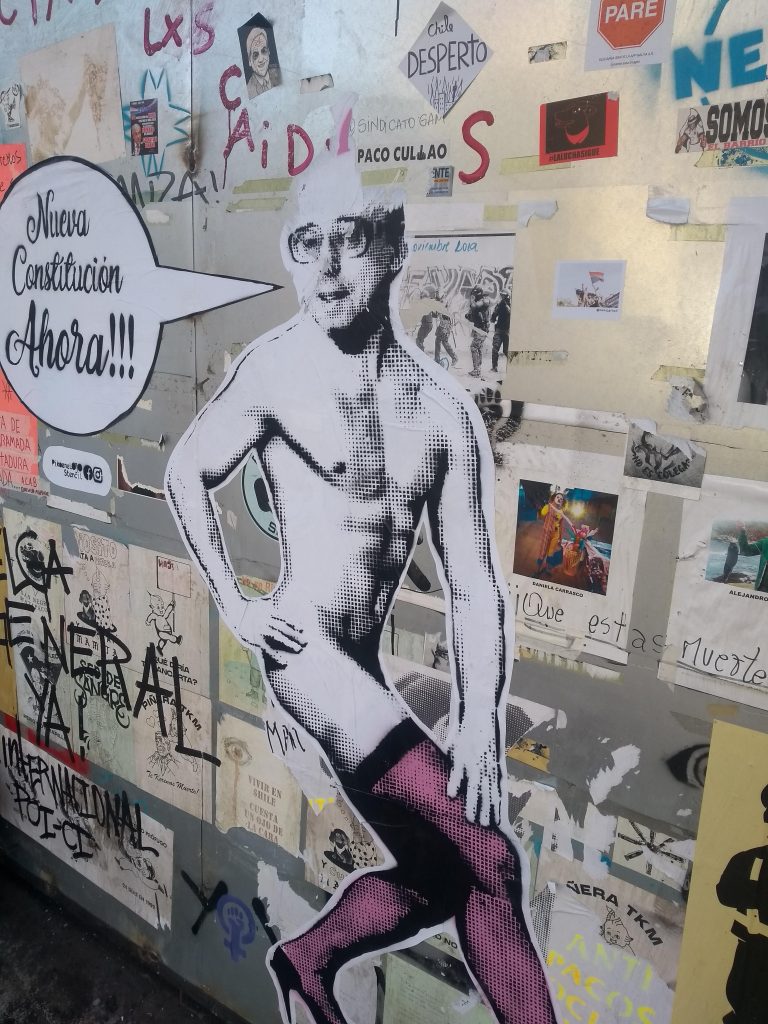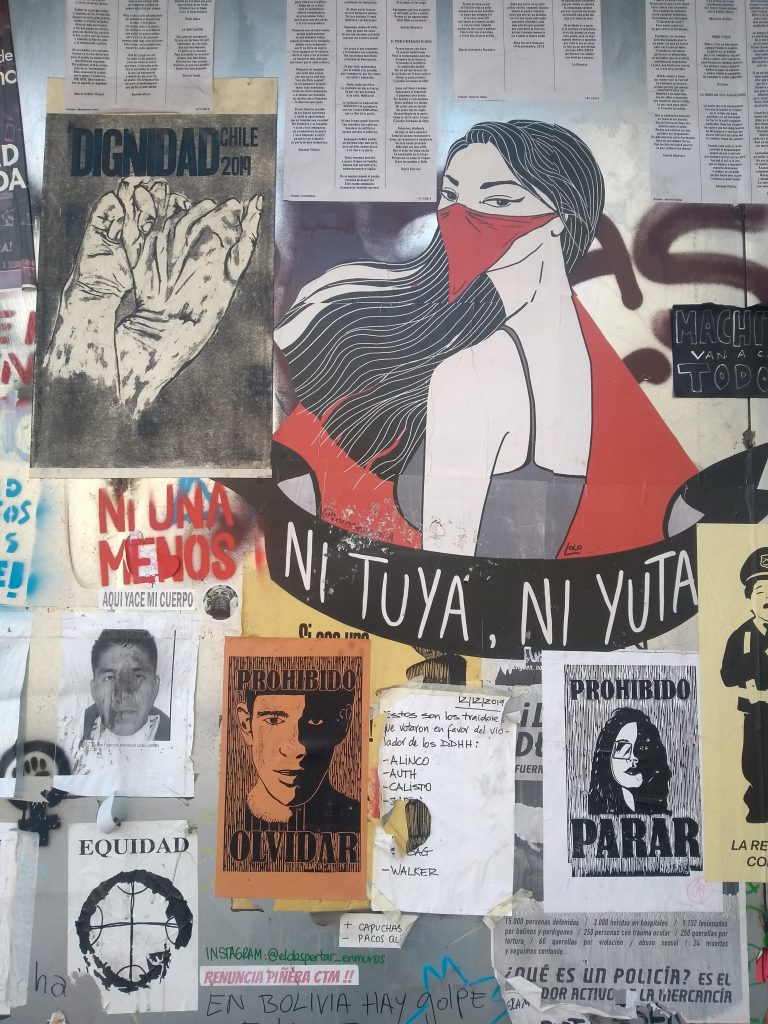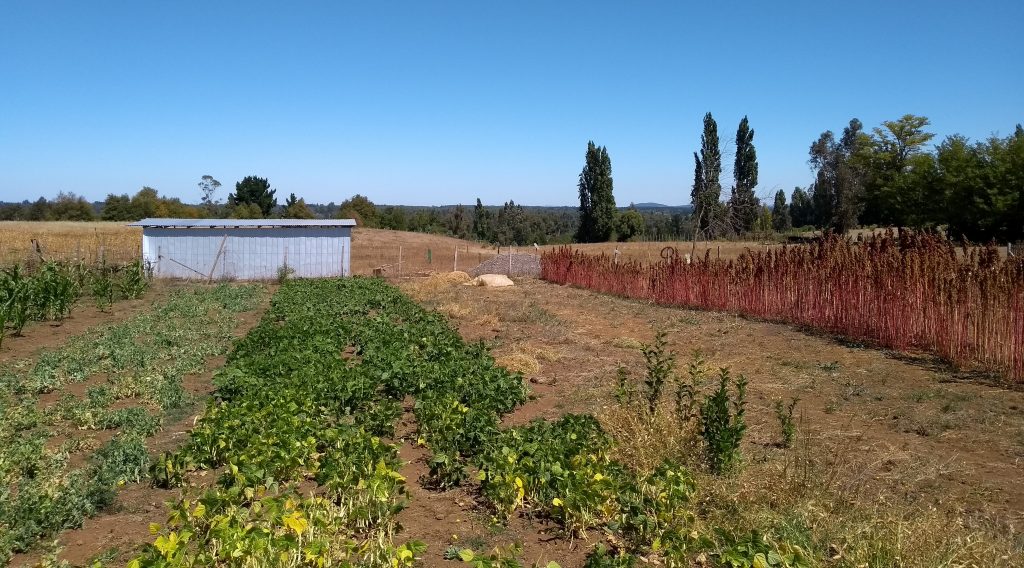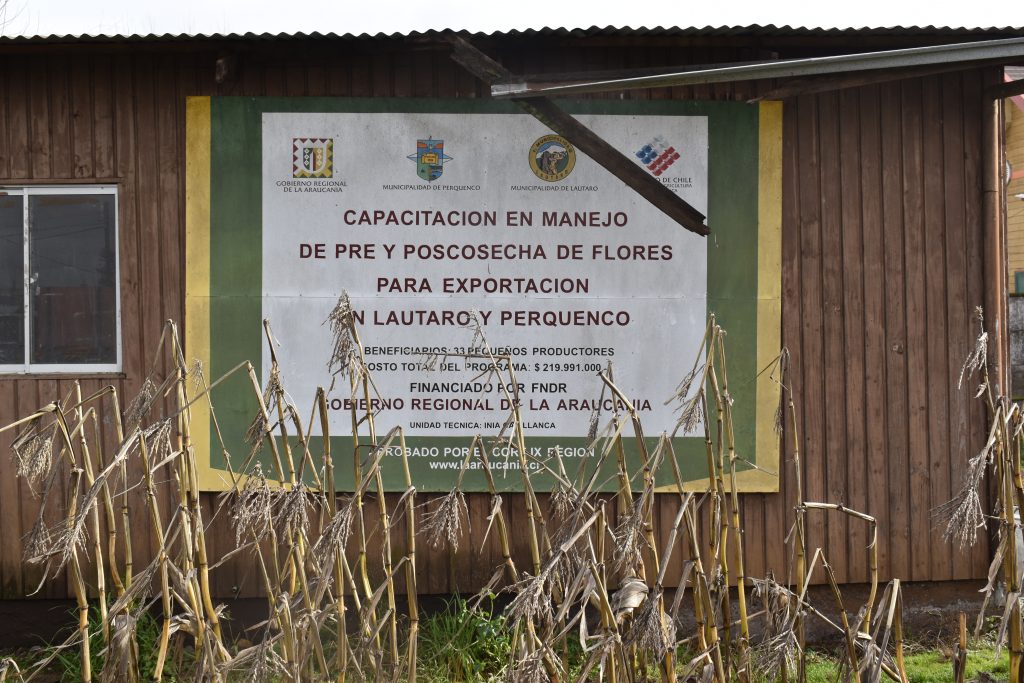Humans aren’t the only ones who send messages. In his third guest blog, visual artist Shane Finan talks how nature sends messages underground.
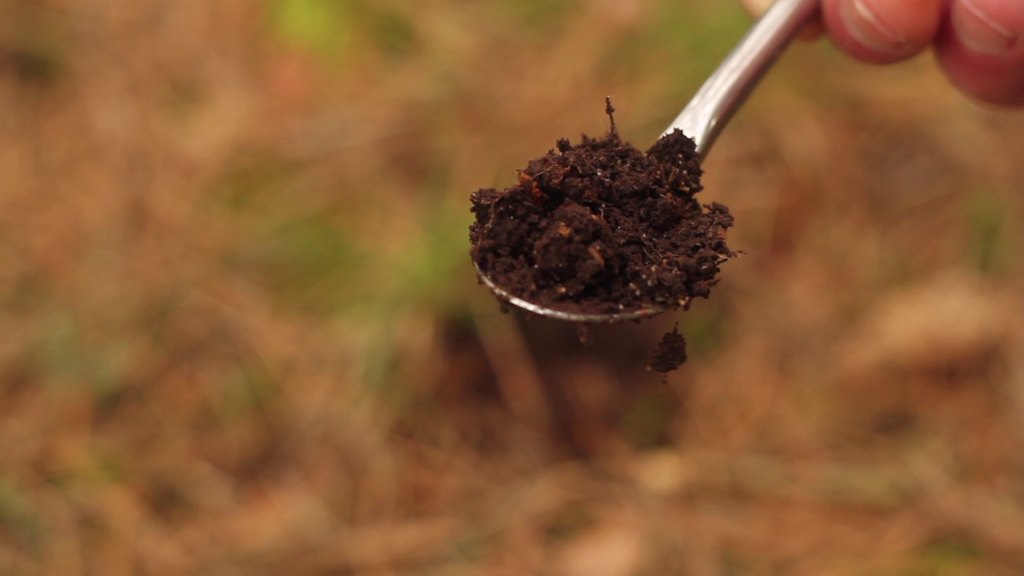
As I approach a residency that looks at networks in the forest, I have been investigating the soil and how messages are passed below the ground. Regardless of any other area of investigation on this project, soil provides the link that makes all other things possible. The idea of place is tied to the structure of soil – the demarcation of one place from another not by borders but by identity is how people perceive ‘place’. The earth under our feet is the connector that allows us to create place (although advanced sailors like Tupaia, who sailed with Captain Cook in the 1700s and purportedly could always point to his home island in any weather without aid of map or compass, may disagree).
The word ‘chthonic’ is defined as ‘subterranean’ or, in mythology, ‘of or relating to the underworld’. This word provides a strong basis for a historically enabled artwork that encompasses the underworld as a story-telling device and as a medium of transfer of ideas.
We often think of soil as a limiter, as the soil of one’s nation creating borders between places, or as a solid in an otherwise non-solid space. But soil is also a source, and a transmitter. Plants grow from the nutrients provided by soil. The roots of trees connect into the fungal bodies via threads of mycelium that weave through the soil. In a teaspoon of healthy soil there are as many microorganisms as there are humans living on the African continent (Nature, 2011). In the same space, there can be between 10 and 100 metres of mycelium curled around the miniature rocks and dust (Bragg, Boddy, Gurr, & Johnson, 2018).
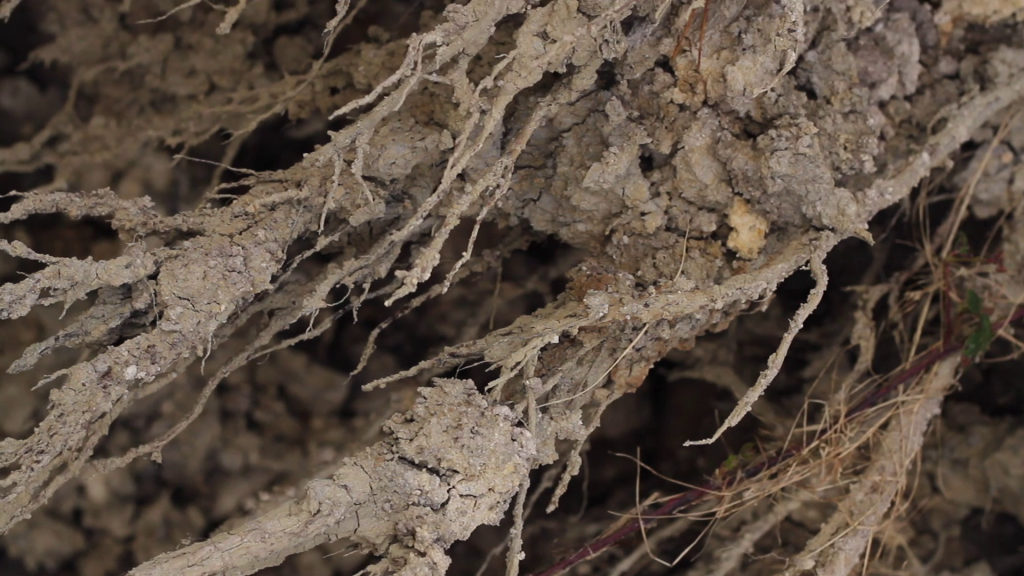
Fungi and plants often work together, forming the ‘Wood-Wide Web’. Although there are common partnerships, many mycorrhizal (green plant and fungus) networks are led by chance, where fungi find themselves next to unfamiliar trees. The history of mycorrhizal networks is as much as 420 million years old, among the oldest living relationships we know of (Remy, Taylor, Hass, & Kerp, 1994). In these partnerships, fungi and trees exchange water, nutrients, and messages.
Healthy soil is needed for the woods, and the Wood-Wide Web, to grow. The soil becomes a transmitter, providing nutrients, passageway for insects and other small creatures, and growing space for roots and fungi. Soil, as a transmitter, allows the movement of animals, water and roots, but also allows the transfer of parasites, chemicals, and other invaders from neighbouring areas. The fungi that find the most comfortable, collaborative environment can thrive and grow.
The underground ignores human demarcations and borders just as the overground does – roots do not know where one field ends and another begins. The delicate ownership of soil, and the ability to grow, is important and has been highlighted in recent years by artists, farmers and activists. Fungicides kill the helpful fungi as well as the harmful ones; pesticides kill pollinators as well as pests; chemicals sprayed in one area can affect neighbouring places unintentionally.
As with fungal networks, human infrastructural networks (water, electricity, internet) also creep through the soil, sometimes, unfortunately, coming into competition with tree roots or mycelia. These are usually controlled by states or companies and maintained locally by individuals or teams employed by these larger bodies.
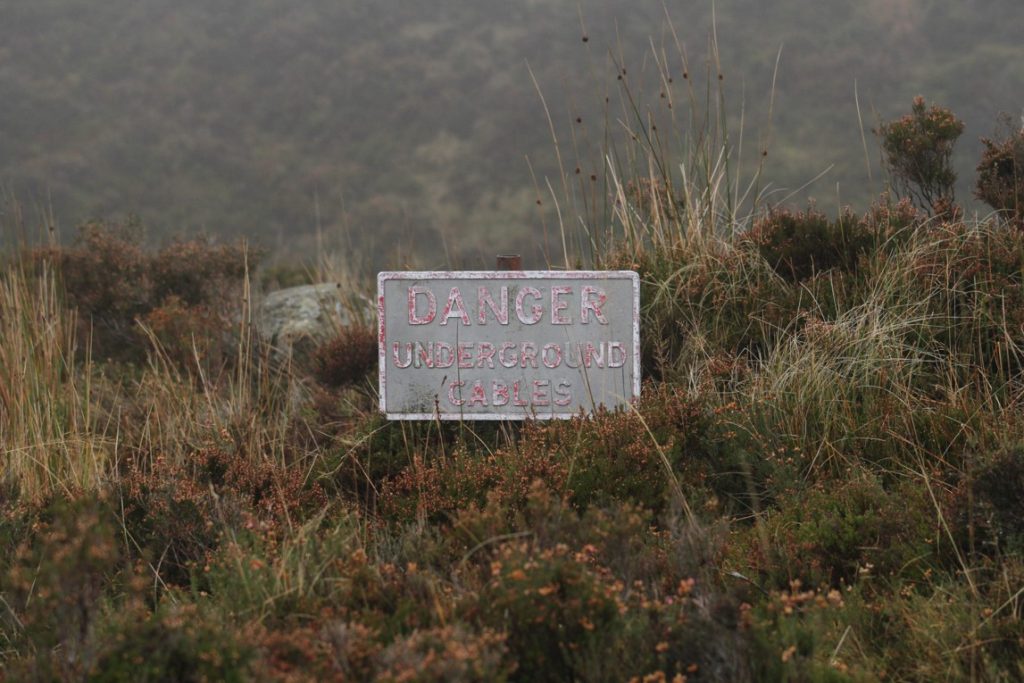
Cables for telephone, internet or electricity stream through the landscape both over and underground. These structures create abstract networks of interconnectivity that follow less ordered patterns than in planned urban areas, flowing with the landscape around streams or forests.
The potential for ad-hoc networks to provide an unstructured system of communication is one that has been explored by technologists and artists as a way to ensure community control over network infrastructures (O’Dwyer, 2020). In places as diverse as Zambia and Thailand, rural ad-hoc networks that transmit short-range signals that bounce data from one home to another are established in villages by local residents (Johnson, Belding, Almeroth, & van Stam, 2010; Lertsinsrubtavee et al., 2015). These locally coordinated networks decentralise the ownership of the internet infrastructure and place it in the hands of those using the connectors. Decentralised networks are arguably stronger, less open to corruption, and can be self-regulated.
Transmissions happen underfoot all the time. They pass through the soil that seems so solid underfoot. Soil has to be imagined not as a solid, but as a transmitter, and my artworks are looking at soil as a transmitter, a point of movement of messages, nutrients, and life. It is only through this understanding that the chthonic can really be understood.
References
Bragg, M., Boddy, L., Gurr, S., & Johnson, D. (Bragg, M., Boddy, L., Gurr, S., & Johnson, D.). V. Brignell (Producer). (2018, 15/02/2018). In Our Time [Podcast]. Retrieved from https://www.bbc.co.uk/programmes/b09r3nwl
Johnson, D. L., Belding, E. M., Almeroth, K., & van Stam, G. (2010). Internet usage and performance analysis of a rural wireless network in Macha, Zambia. Paper presented at the Proceedings of the 4th ACM Workshop on Networked Systems for Developing Regions.
Lertsinsrubtavee, A., Wang, L., Sathiaseelan, A., Crowcroft, J., Weshsuwannarugs, N., Tunpan, A., & Kanchanasut, K. (2015). Understanding internet usage and network locality in a rural community wireless mesh network. Paper presented at the Proceedings of the Asian Internet Engineering Conference.
Nature. (2011). Microbiology by numbers. Nature Reviews Microbiology, 9(9), 628-628. doi:10.1038/nrmicro2644
O’Dwyer, R. (2020). Another Net is Possible. In K. a. L. Gansing, Inga (Ed.), The Eternal Network: The Ends and Becomings of Network Culture (pp. 68-80). Amsterdam and Berlin: Institute of Network Cultures, Amsterdam, and transmediale e.V., Berlin, 2020.
Remy, W., Taylor, T. N., Hass, H., & Kerp, H. (1994). Four hundred-million-year-old vesicular arbuscular mycorrhizae. Proceedings of the National Academy of Sciences, 91(25), 11841-11843.

